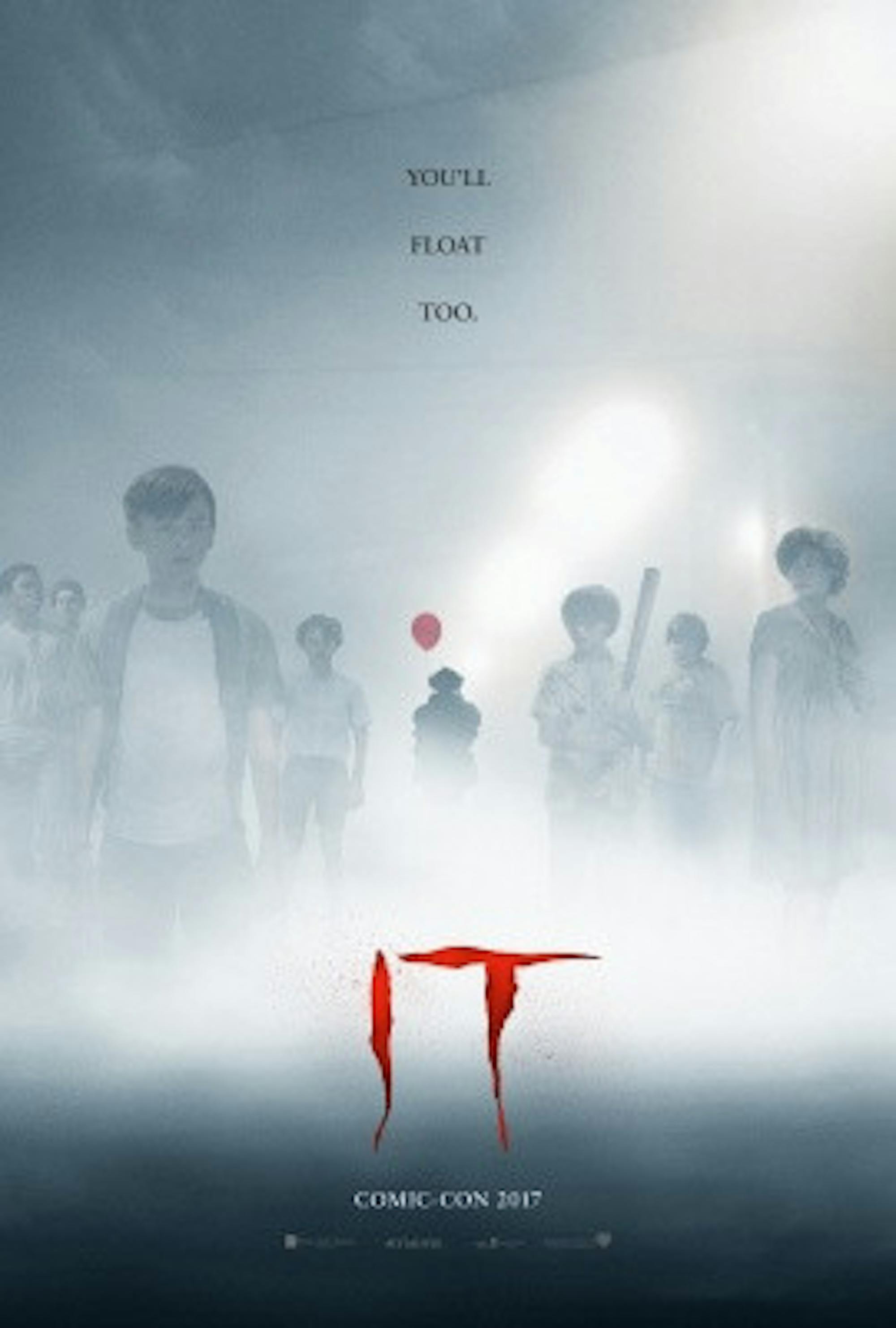What’s the scariest thing you can think of? Horror has built an entire industry trying to answer that question, and while most Hollywood films in the genre act on a single possibility, Andy Muschietti’s “It” (2017) guesses over, and over and over again. The second adaptation of Stephen King’s iconic 1986 novel (following the 1990 miniseries starring Tim Curry), “It” is an amalgam of boyhood comedy, ‘80s nostalgia, childhood trauma and terrifying, grotesque images, each component as visceral and intense as the next. The film has been heralded as true to its source material, and although it contains something to scare just about everyone, its tonal inconsistencies and one-size-fits-all approach to horror show signs of commercial friendliness overtaking exceptional storytelling.
In order to accommodate King’s leviathan of a novel, “It” is the first part of a planned duology, with production on the second installment expected to begin this spring. This allows part one to tell the story of the “Losers’ Club,” the film’s seven young protagonists, as they battle the evil forces of Pennywise the Dancing Clown (Bill Skarsgard) and the terror he brings to their town of Derry, Maine. This framing will disappoint fans expecting to see the entire novel start to finish (with the Losers as both children and adults), but it truly allows for the movie to follow the pace of the novel and explore the individual fears of each of the characters.
14-year-old Bill, played by Jaeden Lieberher of “Midnight Special” (2016) and “St. Vincent” (2014), grapples with the loss of his young brother Georgie, the first victim who dies onscreen at the hands of Pennywise. Bill’s immense loneliness from losing Georgie and his ghost-like life with his grieving parents motivate him to investigate the town’s disappearing children with the gang of Losers, comprised entirely of adolescents struggling with bullying and trauma.
Ben (Jeremy Ray Taylor) is violently bullied for his weight and new-kid status, Mike (Chosen Jacobs)was orphaned after his parents died in a racially-motivated arson fire, and Bev (Sophia Lillis) is sexually abused by her father while being teased for being a “slut” and living in poverty. As if these weren’t horrifying enough, the friends are plagued by attacks from Pennywise in the form of their worst fears, which the film visually constructs through connections to their traumatic experiences, although perhaps not clearly enough.
The casting of Sophia Lillis, a dead-ringer for Molly Ringwald in films like “Sixteen Candles” (1984) and “The Breakfast Club” (1985), is one of the film's many references to both classic horror and ‘80s pop culture, in addition to the existing references in the source material to King’s other novels. During the most visually stunning and formally impressive sequence of the film, Bev is strangled by strands of her own hair in her bathroom sink, before a fountain of blood erupts from the drain, soaking her and the entire room in a red tinge reminiscent of King’s “Carrie” (1974) and the 1976 film starring Sissy Spacek. The power of this scene is in many ways undermined by the cheerful clean-up sequence that follows involving Bev and the rest of the gang. Although — in classic coming-of-age story style — the film makes a conscious point of showing the Losers learning to fight back against the fear that Pennywise and their society inflict on them, the breakneck back-and-forth between bone-chilling horror and lighthearted comedy leads the movie to an uneven place.
At times, the laughs come naturally from great one-liners delivered by foul-mouthed Richie (Finn Wolfhard) and hypochondriac Eddie (Jack Dylan Grazer), but fans of atmospheric horror will be disappointed by the sudden tonal jumps. “It” is much closer to an R-rated “Stranger Things” (2016–) than “Carrie” (1976).
The jump scares are also indicative of the production’s interest in commercial friendliness over consistent, clear horror. Although it’s impossible to separate Hollywood films and financing, and there’s nothing inherently wrong with crafting a commercially friendly horror film, the jump scares and dramatic use of CGI throughout “It” have surely maximized returns at the box office while diminishing quality. That being said, Pennywise is a true creep, and Skarsgard’s physicality in the character will haunt many dreams.
If the originally slated director Cary Fukanaga, of films like “Sin Nombre” (2009) and “Jane Eyre” (2011), had final control over the production, perhaps “It” would have had a stronger, more interpretative vision. But Muschietti made a movie for audiences, for fans of jump scares and Metallica and crude jokes and serious drama alike. “It” throws everything at the wall, and whatever entertains, sticks.
'It' adaptation strives for universal appeal with jumps and laughs

The cover of horror movie "IT", directed by Andy Muschietti (Mama), based on the popular Stephen King novel, has been popular among audience for decades.
Summary
"It" lives to entertain while staying true to its source material, resulting in jumps, laughs, and some tonal whiplash.
3 Stars





